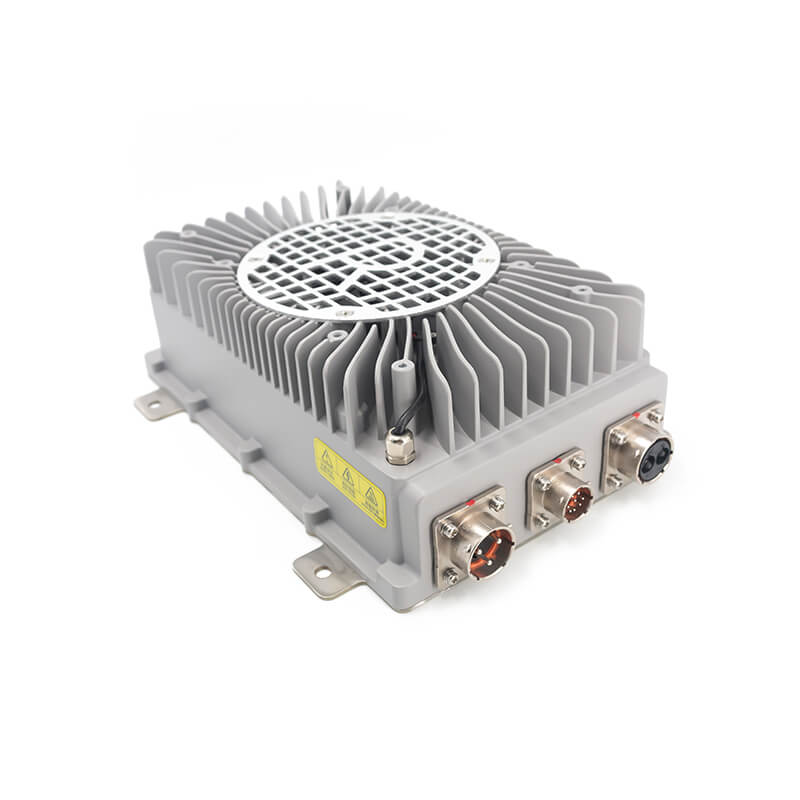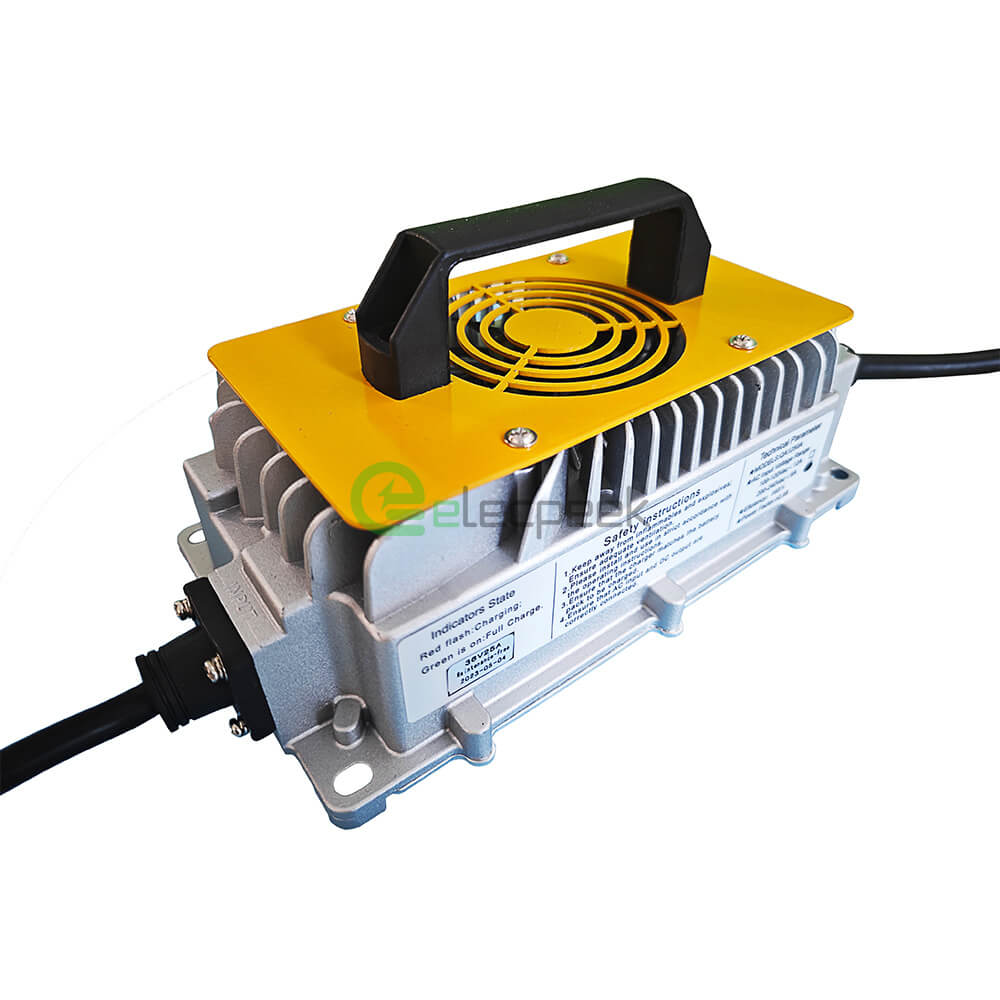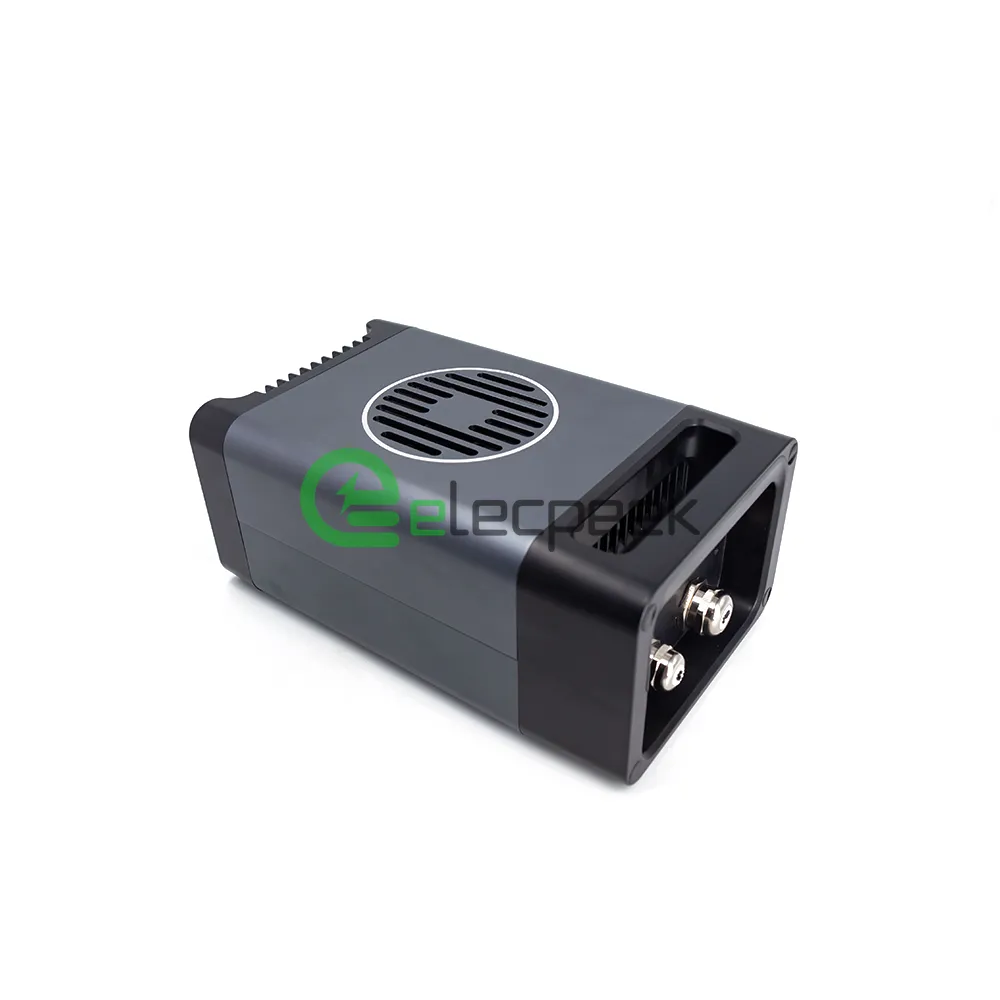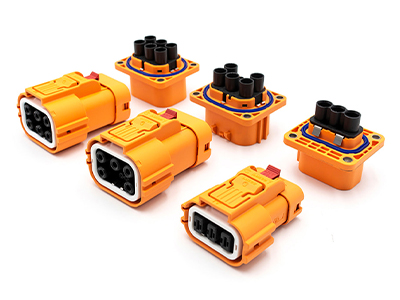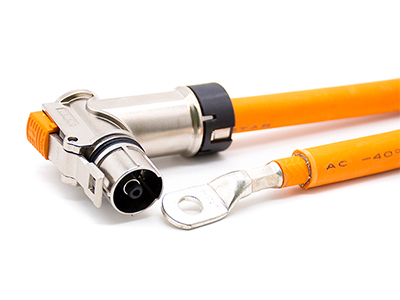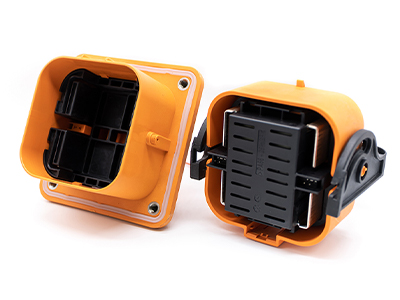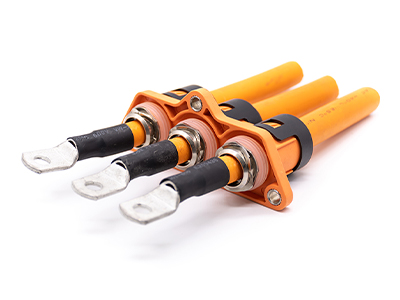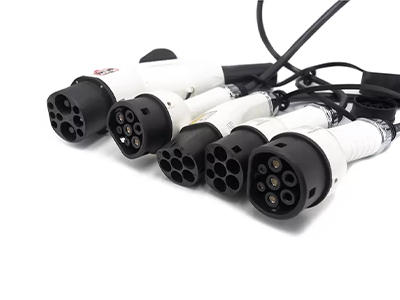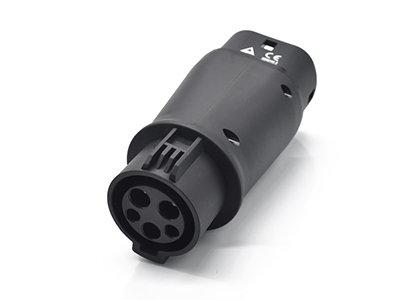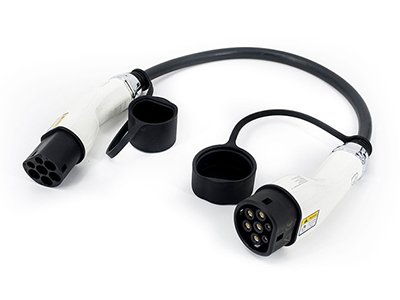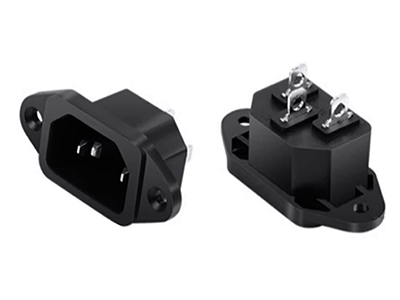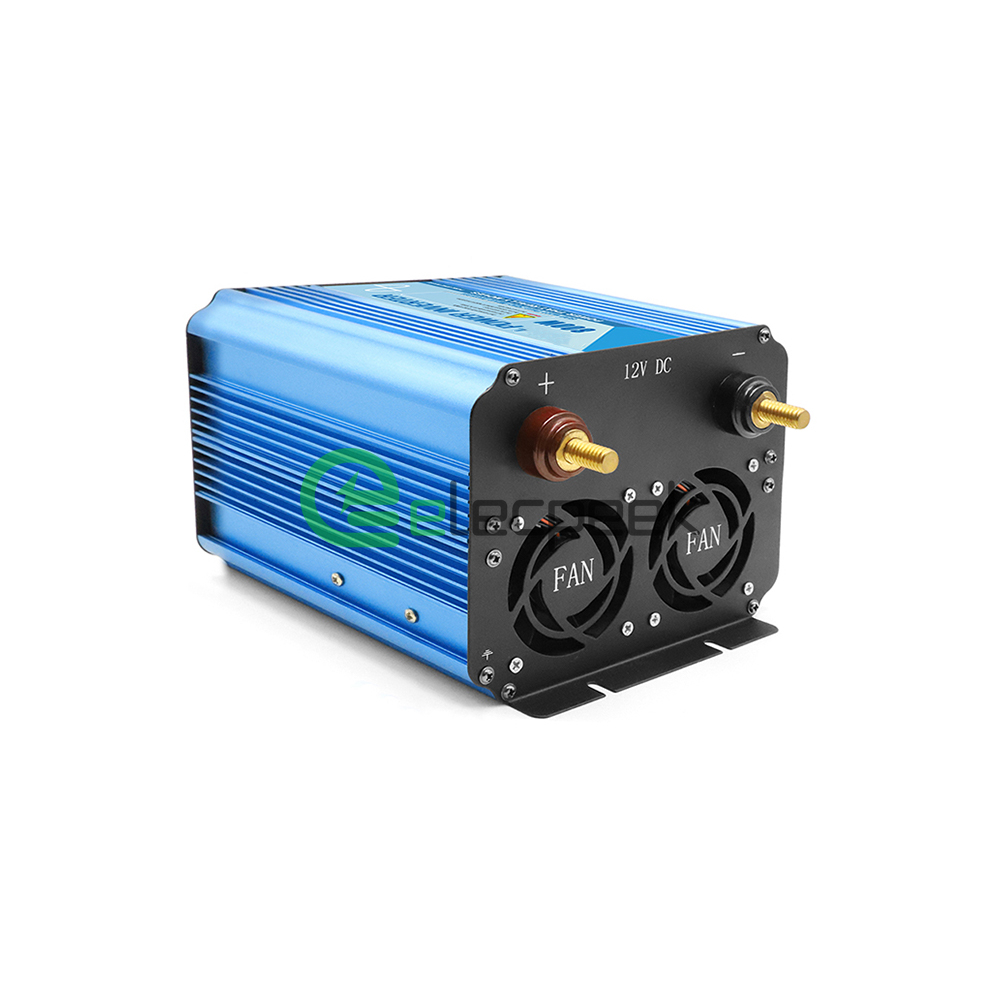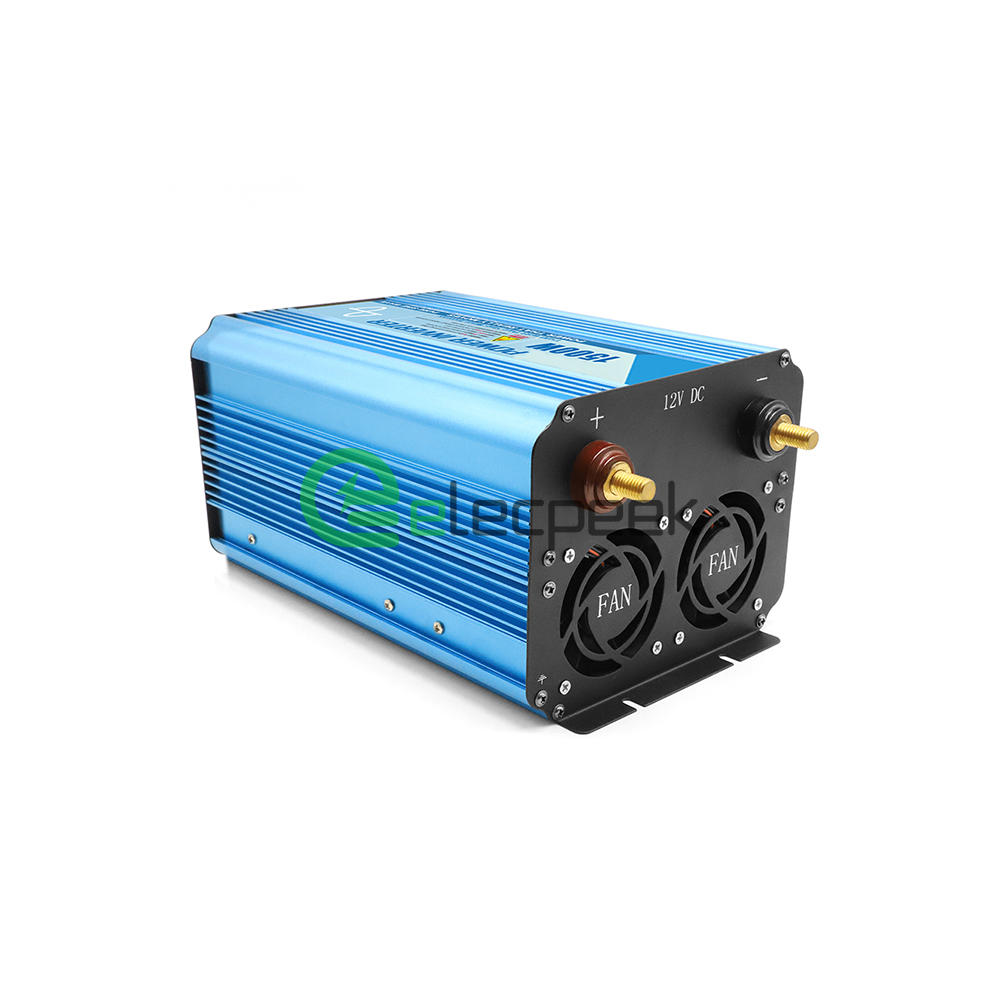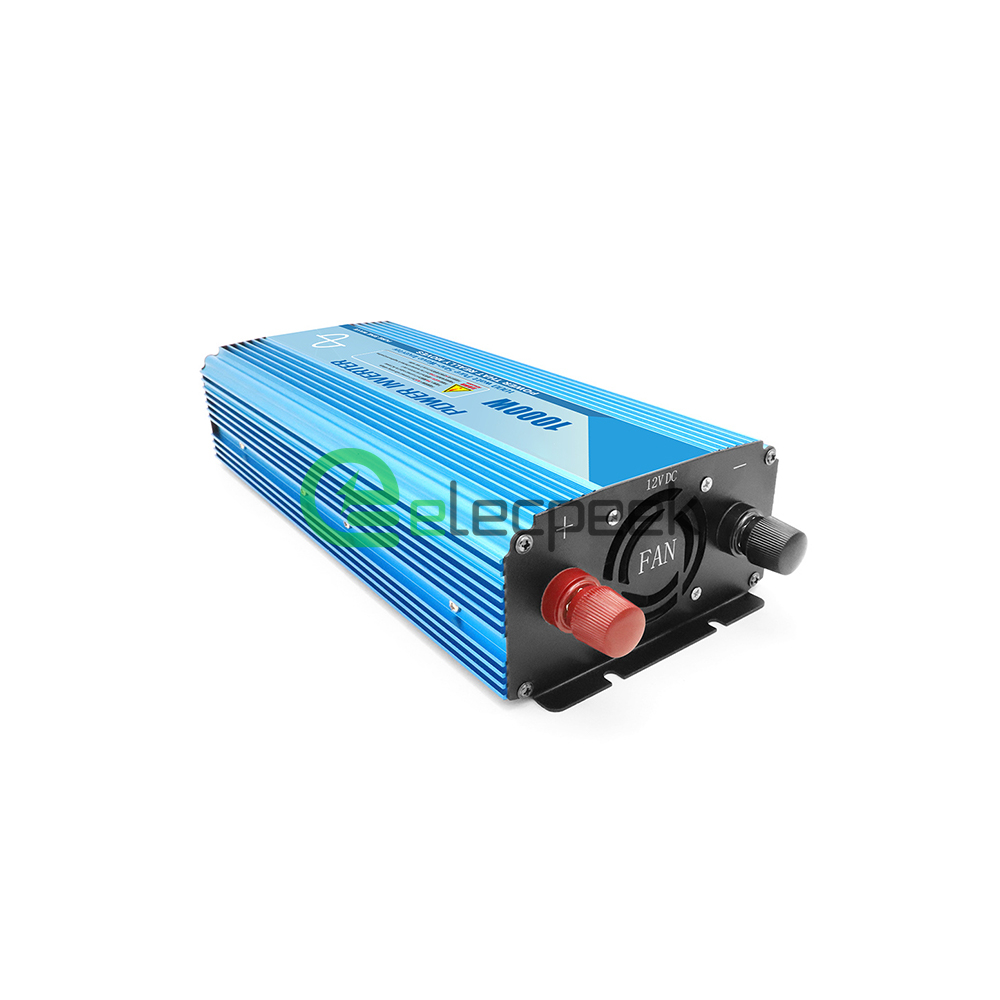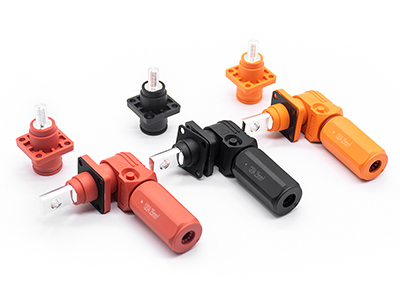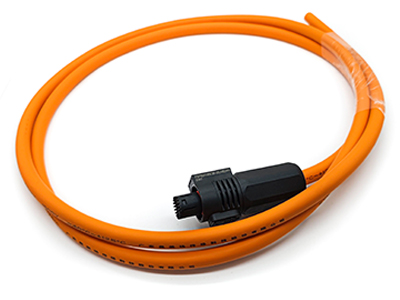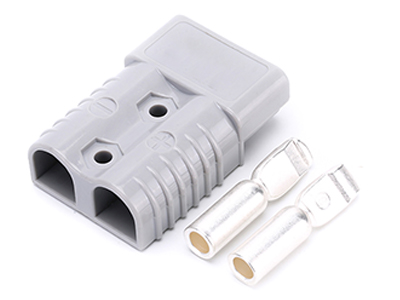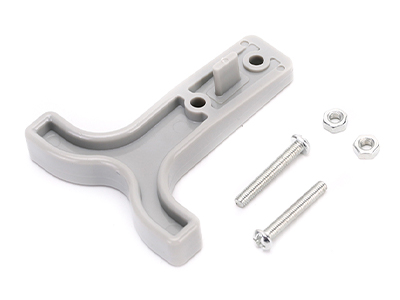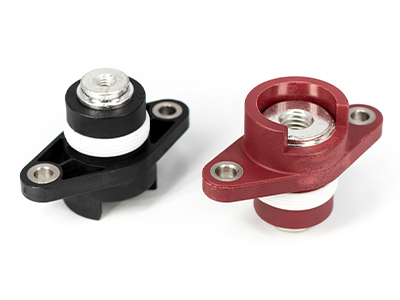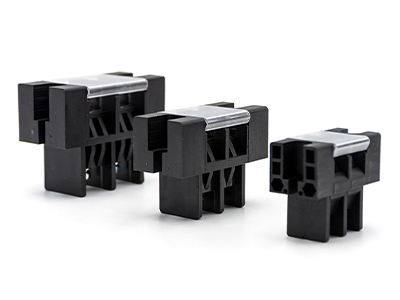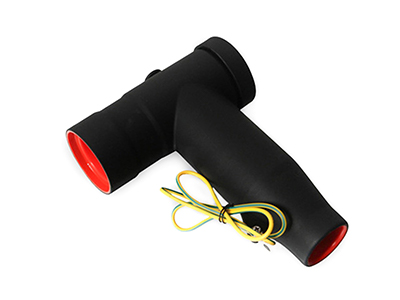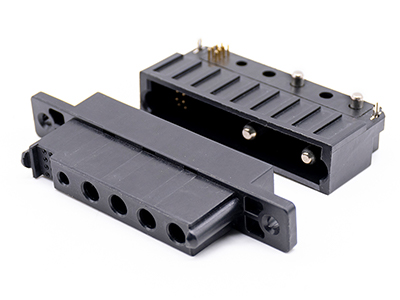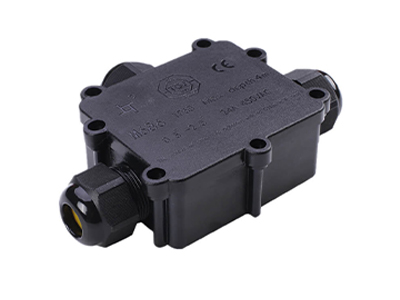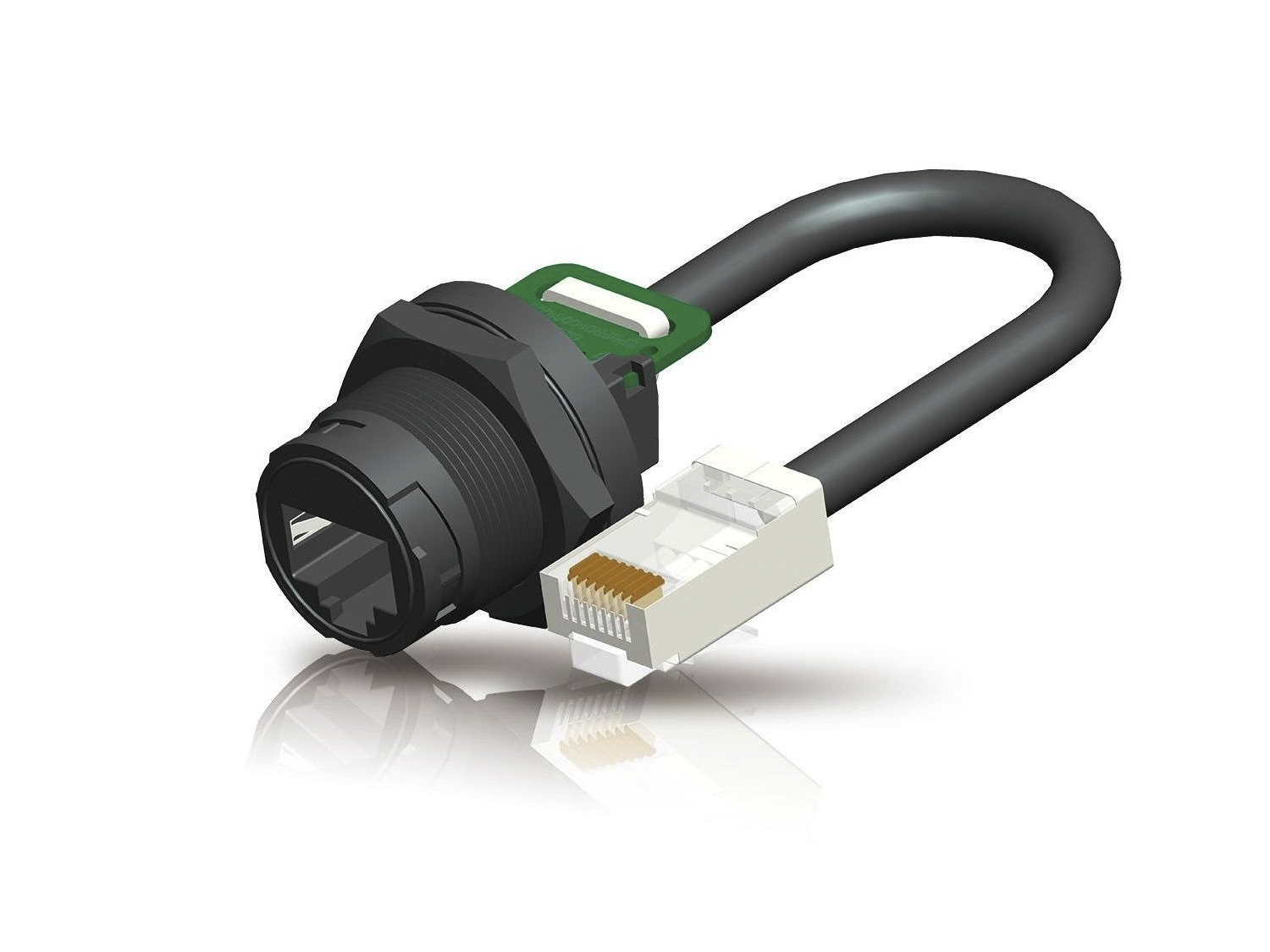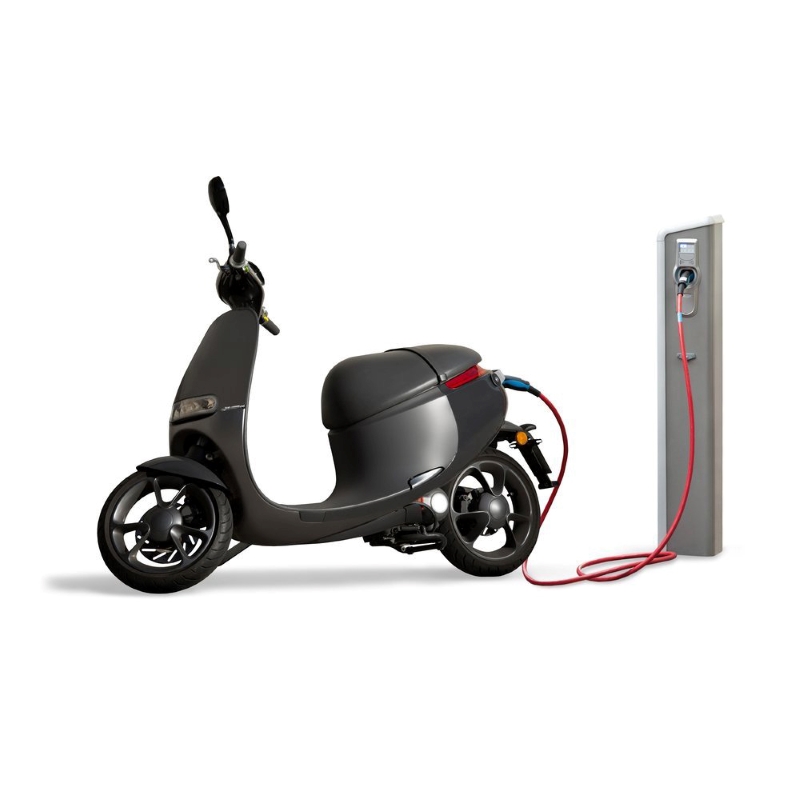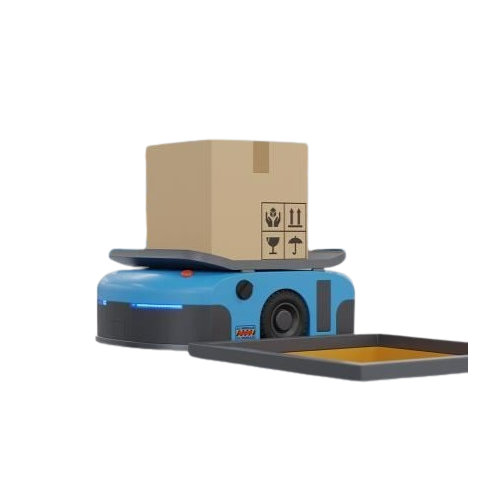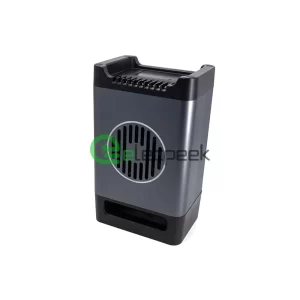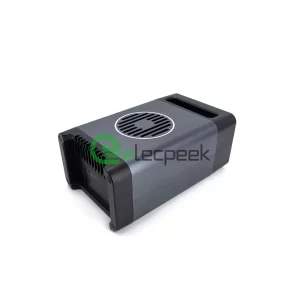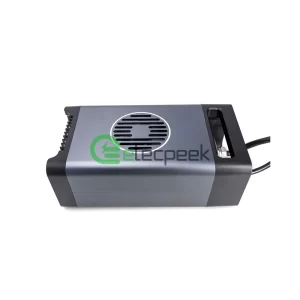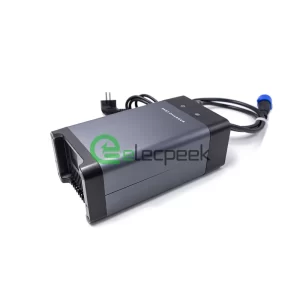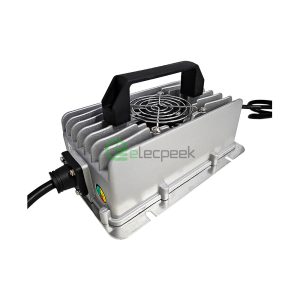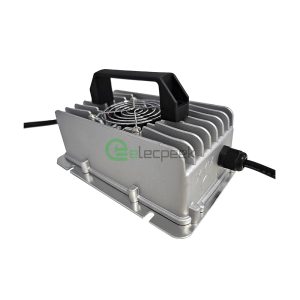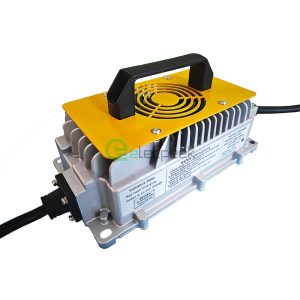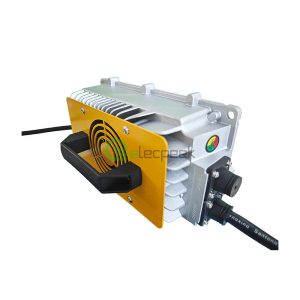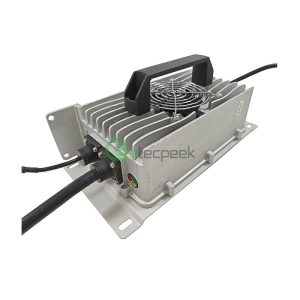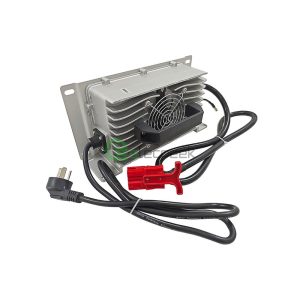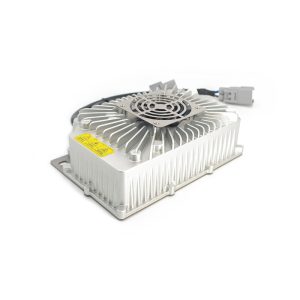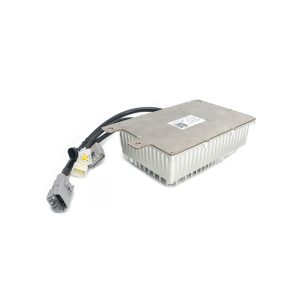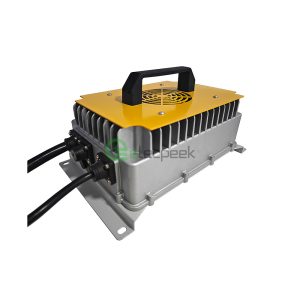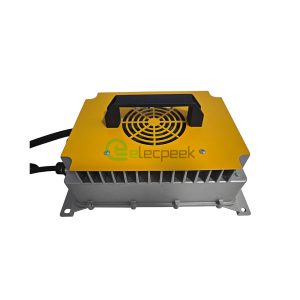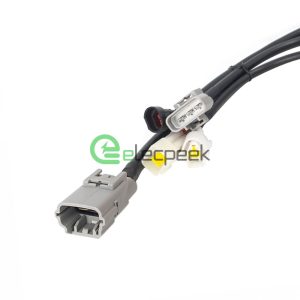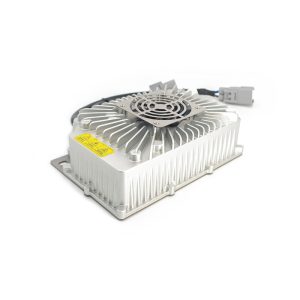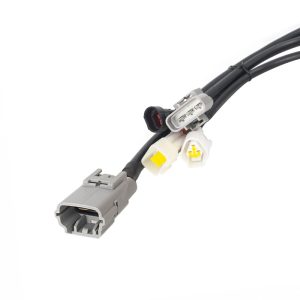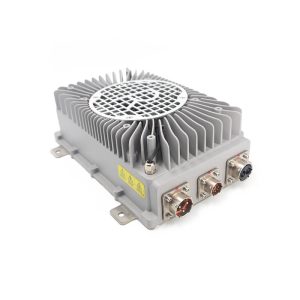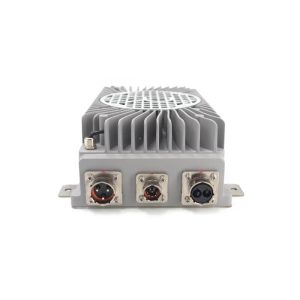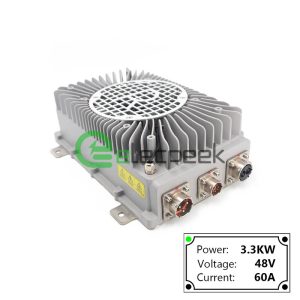On Board Battery Charger
The onboard charger is an indispensable component integrated into electric vehicles (EVs). Designed to charge the EV’s battery pack efficiently, this integrated or permanent charger ensures an uninterrupted power supply for your electric vehicle. Unlike portable or wall-mountable chargers, the onboard charger is permanently installed within the car, allowing you to charge the battery through any standard outlet.
Jump to Products ⬇️
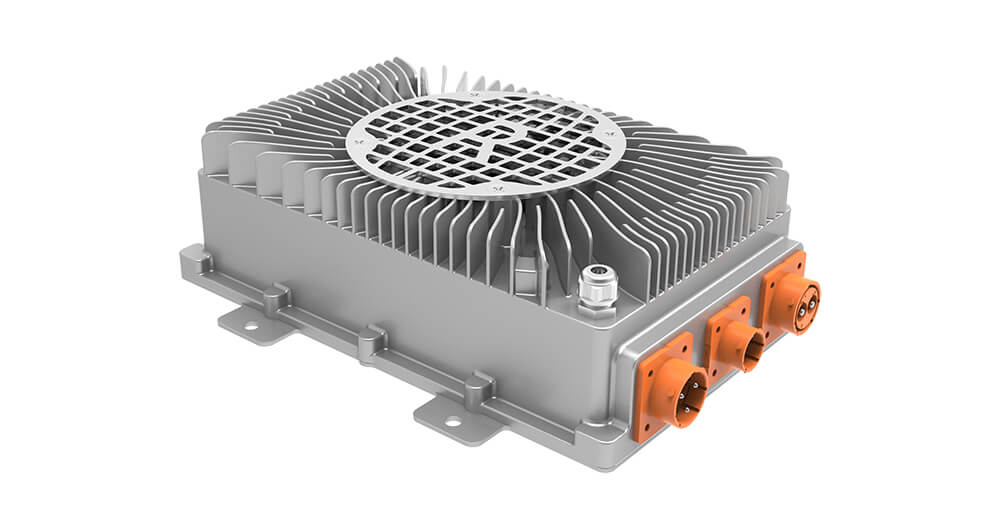
What charging stations does OBC support?
The On Board Battery Charger converts alternative current available on the grid into direct current that can charge the vehicle’s battery. Almost all the energy charged in the vehicle is flowing through the onboard charger’s power electronics. On Board Battery Charger supports various charging stations depending on its compatible charging interface standards. These may include home charging posts, public charging stations, and more. The specific types of charging stations it supports can vary based on factors such as the vehicle’s make and model, as well as regional standards and regulations.
For example, On Board Battery Charger may support Level 1 charging (120 volts AC), Level 2 charging (240 volts AC), or even Level 3 DC fast charging.
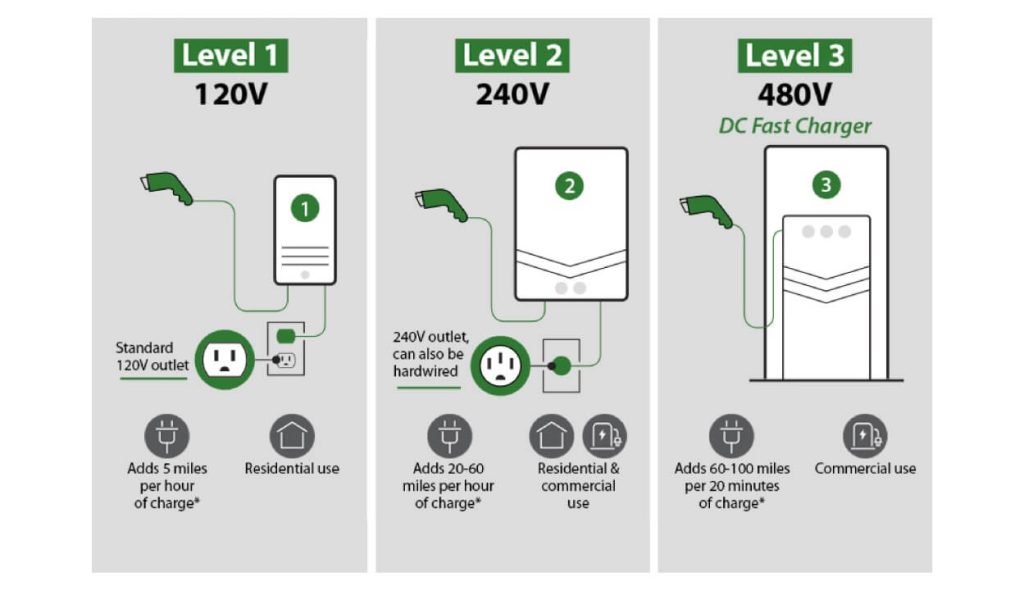
The compatibility of On-Board Battery Charger with different charging stations is crucial for ensuring efficient and convenient charging experiences for electric vehicle owners. Here’s a simplified breakdown of the On Board Battery Charger’s compatibility with various charging stations:
- Home Charging Posts: On On-board battery chargers are typically designed to support charging at home using standard electrical outlets or dedicated home charging stations.
- Public Charging Stations: Board Battery chargers may also be compatible with public charging stations installed in various locations such as shopping centers, parking lots, and along highways.
- Compatibility Standards: On On-board battery Chargers adhere to industry standards such as SAE J1772, CHAdeMO, CCS (Combined Charging System), or GB/T (China).
On Board Charger by Elecpeek
Contact us
We provide the On Board Charger solutions for your cars and projects.
Fill out our inquiry form now and our dedicated team will contact you shortly.
More About OBC
The compatibility and standards of On Board Battery Charger are crucial aspects in the realm of electric vehicles (EVs) and plug-in hybrid electric vehicles (PHEVs). They encompass a range of factors that ensure seamless integration, safe operation, and efficient charging experiences for users:
- Charging Interface Standards: charging interface standards play a pivotal role in On BoardBattery Charger compatibility. These standards dictate the physical connectors and communication protocols used for charging. Common standards include the CCS (Combined Charging System), CHAdeMO, and Type 2 connectors. Ensuring compatibility with these standards allows vehicles to connect to a wide array of charging stations, promoting interoperability and convenience for EV owners.
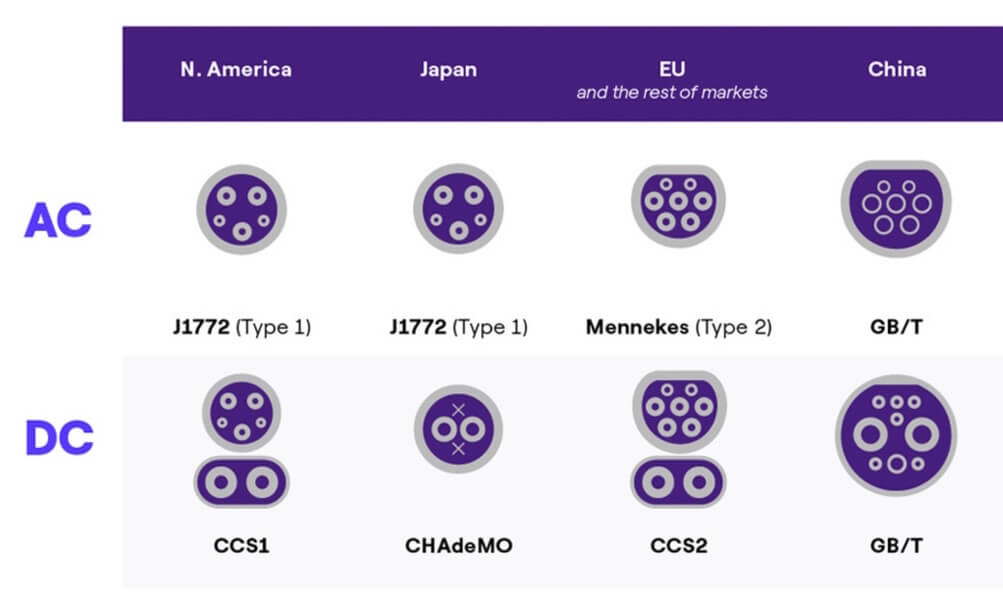
- Charging Rates: charging rates are another vital aspect of On BoardBattery Charger compatibility. Different vehicles and charging stations support varying charging speeds, typically measured in kilowatts (kW). On Board Battery Chargers must be designed to accommodate these diverse charging rates, optimizing charging efficiency while considering factors such as battery capacity and vehicle capabilities.
- Communication Protocols: communication protocols are essential for facilitating data exchange between the vehicle and the charging station. These protocols enable crucial functionalities such as authentication, billing, and monitoring of charging sessions. Standardized protocols like ISO 15118 ensure interoperability and security, enhancing the reliability and trustworthiness of charging infrastructure.
- Safety Standards: safety standards are paramount in On BoardBattery Charger design and operation. They encompass various aspects, including electrical safety, thermal management, and protection against overcharging or short circuits. Compliance with standards such as IEC 61851 and UL 2202 ensures that On Board Battery Chargers meet rigorous safety requirements, safeguarding both users and vehicles during the charging process.
The difference between an On Board Battery Charger and a DC fast charger lies primarily in their charging capabilities, speed, and application within the EV charging infrastructure.
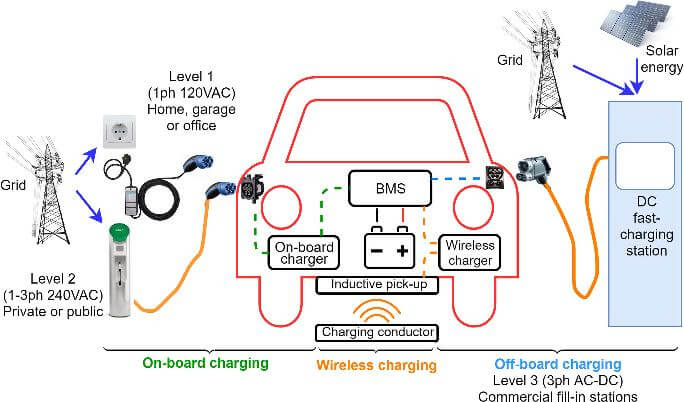
On Board Battery Chargers are primarily utilized for level 1 and level 2 charging, which typically involves charging the EV from a standard household outlet or a dedicated charging station using AC power. These chargers are integrated into the vehicle itself and are designed to convert AC power from the grid into DC power suitable for charging the EV’s battery. However, the charging speed of On Board Battery Chargers is comparatively slower than DC fast chargers.
In contrast, DC fast chargers are specifically designed for level 3 charging, also known as fast charging or rapid charging. These chargers are capable of delivering DC power directly to the EV’s battery at a much higher rate than On Board Battery Chargers. DC fast chargers bypass the vehicle’s On Board Battery Chargers altogether, directly supplying DC power to the battery, which significantly reduces charging times.
Another key difference is the infrastructure required for each type of charger. On Board Battery Chargers rely on standard AC power outlets or dedicated charging stations, which are prevalent in homes, workplaces, and public parking areas. DC fast chargers, on the other hand, require specialized charging infrastructure with high-power DC connections, typically found at dedicated fast charging stations along highways or major travel routes.
An On Board Battery Charger is a crucial component in electric vehicles, responsible for converting alternating current power from external sources like charging stations or wall outlets into direct current power suitable for charging the vehicle’s battery.
The operation of an On Board Battery Charger involves several key steps:
- When the electric vehicle is connected to a power source, alternating current power is fed into the On BoardBattery Charger through the charging cable. The On Board Battery Charger then uses a rectifier to convert the AC power into DC power, which is necessary for charging the battery. This rectified DC power undergoes filtering to smooth out any fluctuations and ensure a consistent flow of electricity.
- The On BoardBattery Charger regulates the voltage and current levels of the DC power using various control techniques such as pulse-width modulation (PWM) or phase-shift modulation (PSM). These techniques allow the On Board Battery Charger to adjust the charging parameters according to the state of the battery, ensuring optimal charging efficiency and battery health.
- Throughout the charging process, the On BoardBattery Charger continuously monitors parameters like battery voltage, current flow, and temperature to prevent overcharging, overheating, or other safety hazards. Advanced On Board Battery Chargers may also incorporate communication interfaces to interact with the vehicle's onboard management system, enabling features like remote diagnostics and intelligent charging strategies.
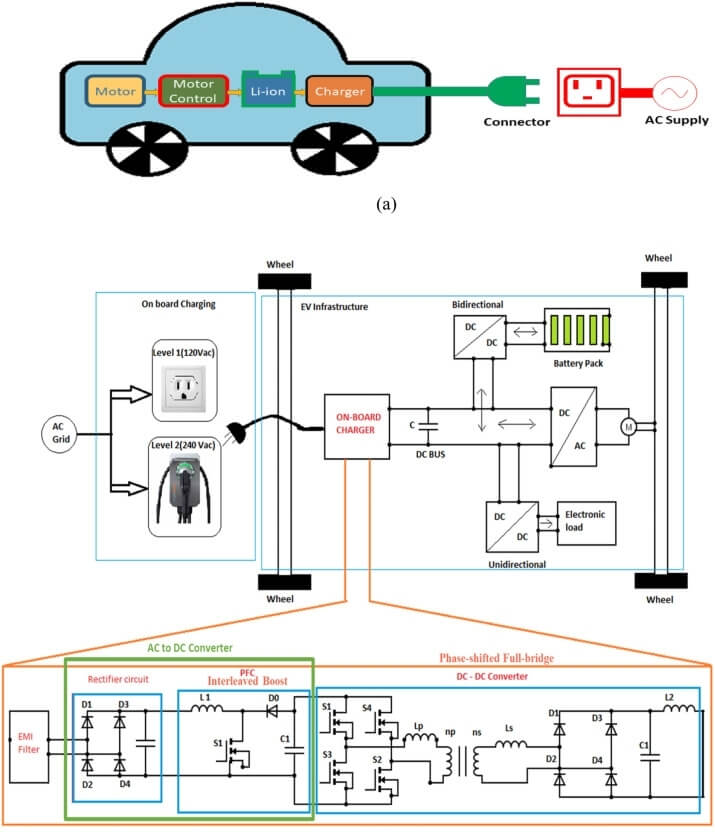
EVs can typically be charged at three different levels: Level 1, Level 2, and Level 3.
Level 1 charging involves plugging the EV into a standard household electrical outlet using the charging cable that comes with the vehicle. This method provides the slowest charging rate, usually delivering around 2 to 5 miles of range per hour of charging. For many EVs, a full charge from a Level 1 charger can take anywhere from 8 to 20 hours, depending on the battery size and the initial state of charge.
Level 2 charging requires a dedicated charging station with higher power output compared to Level 1 charging. These charging stations are typically installed at homes, workplaces, and public charging stations. Level 2 chargers can deliver anywhere from 10 to 60 miles of range per hour of charging, depending on the charger’s power rating. With Level 2 charging, EVs can usually achieve a full charge in 4 to 8 hours, again depending on factors like battery size and initial charge level.
Level 3 charging uses AC power. Level 3 charging stations deliver DC power directly to the vehicle’s battery, allowing for much faster charging times. Level 3 charging is typically found at public charging stations and can charge an EV to 80% or more in around 30 minutes, depending on the vehicle’s battery capacity and charging specifications. These chargers are crucial for long-distance travel, as they significantly reduce charging times compared to slower Level 1 and Level 2 charging options.

